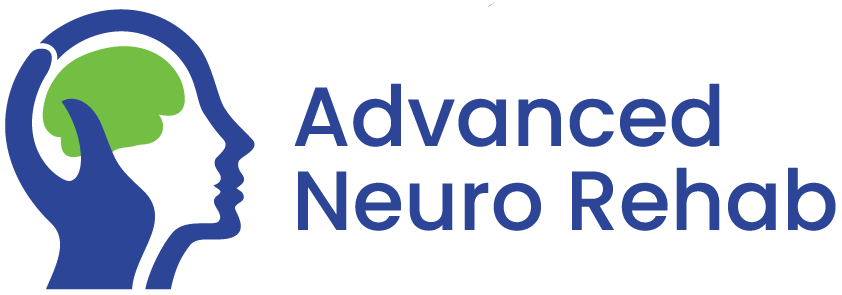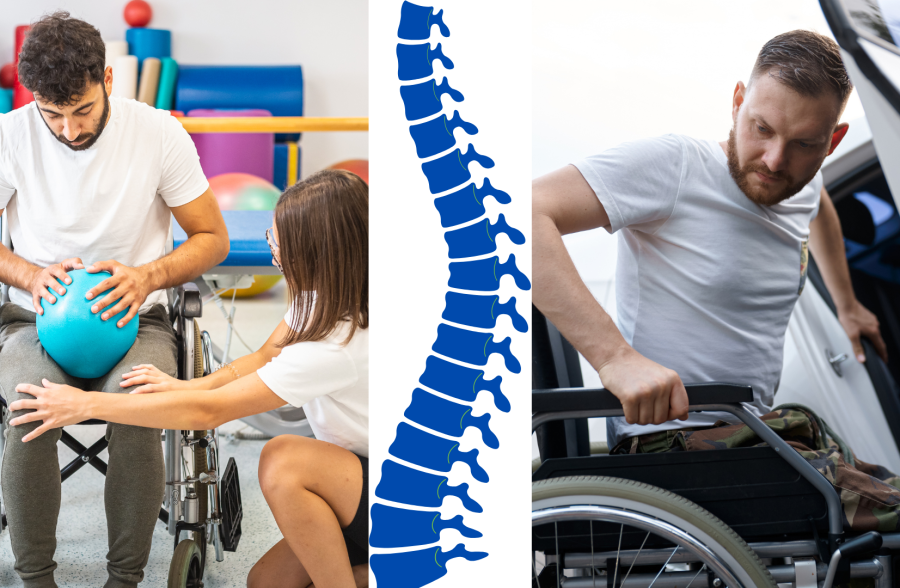Weekly Staff Professional Development Topic
Last week, our physiotherapy team engaged in our weekly professional development session focusing on the key considerations and best practices when treating individuals with Spinal Cord Injuries (SCI). This session provided us with the latest evidence on important areas such as strength training, spasticity management, stretching, transfers, and other aspects of consideration such as sexual dysfunction. It also allowed us to work on our practical skills by practicing real-life scenarios, including transfers for a wheelchair user who has fallen out of their chair.
Strength Training for SCI Patients
Strength training is a key aspect of rehabilitation for SCI patients, but it comes with its own set of challenges. Due to the loss of motor function in some areas of the body, particularly below the level of injury, many SCI patients experience significant muscle weakness. Strength training can be highly effective in improving muscle function, even in patients with severe injuries. Building strength not only improves mobility and functional independence but also helps manage other complications of SCI, such as pressure sores and poor circulation.
Managing Spasticity
Spasticity, which is characterized by increased muscle tone and involuntary muscle contractions, is another common issue faced by individuals with SCI. Management for spasticity is highly important following SCI, which may include the use of medications, stretching management to prevent or lower the risk of contractures and position of the affected extremities. Stretching should be performed regularly, and it is important this is performed by a physiotherapist with neurological experience especially with varying degrees of sensation and motor control in individuals.
Transfers
One of the most important skills for physiotherapists working with SCI patients is assisting with transfers. Transfers, such as moving from a wheelchair to a bed or car, are essential for maintaining independence and improving the patient’s ability to participate in daily activities. During the professional development session, the team got on the floor to practice some common transfers techniques. We focused on transfers from wheelchair to floor, and floor to wheelchair to develop skills need to assist a patient who has fallen out of their wheelchair, or those who might be getting on the floor to play with their kids! We discussed strategies to approach such situations safely, minimizing risk to both the patient and the therapist. The importance of clear communication, proper body mechanics, and adaptive equipment was highlighted, ensuring that transfers are performed as safely and efficiently as possible.
By continuously updating our knowledge and refining our techniques, we can provide SCI patients with the best possible care and support, helping them achieve greater independence, mobility, and quality of life.







